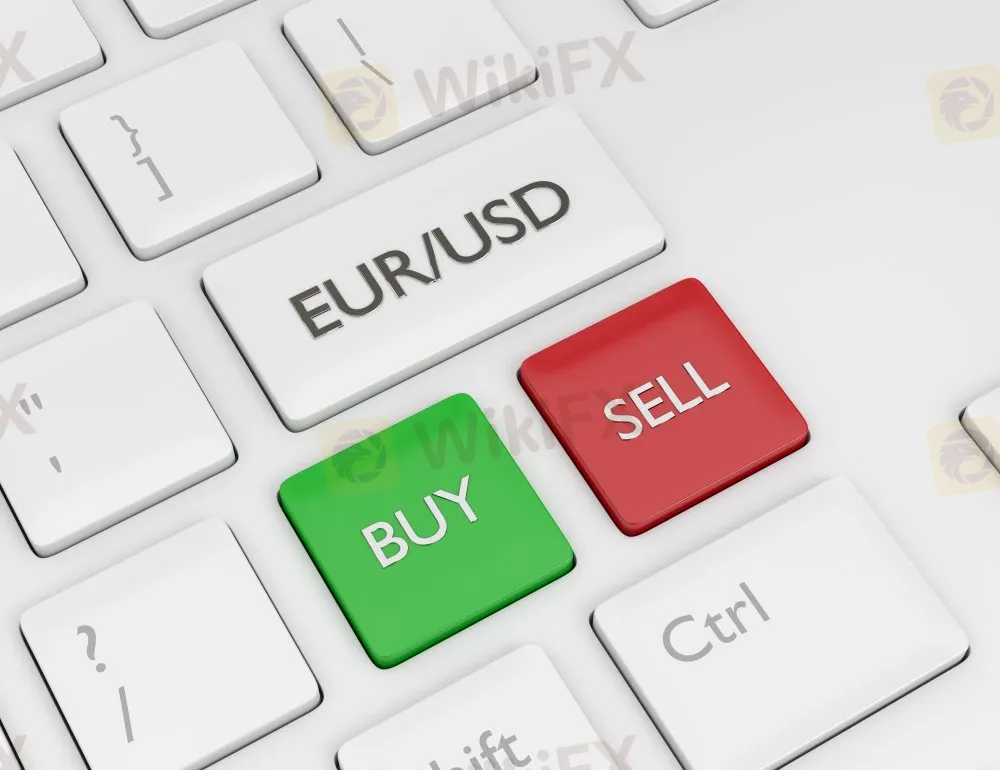简体中文
繁體中文
English
Pусский
日本語
ภาษาไทย
Tiếng Việt
Bahasa Indonesia
Español
हिन्दी
Filippiiniläinen
Français
Deutsch
Português
Türkçe
한국어
العربية
EUR/USD Updates on Dec. 18
Abstract:As market participants become more optimistic about the global growth forecast for 2021, the defensive dollar is weakening. Yesterday, the USD index updated its low since April 2018, dropping below 90 points.
As market participants become more optimistic about the global growth forecast for 2021, the defensive dollar is weakening. Yesterday, the USD index updated its low since April 2018, dropping below 90 points.
The last FOMC meeting this year did not bring relief to the US currency. Contrary to expectations, the Federal Reserve refrained from adjusting its bond buying program. At the same time, the US central bank confirmed its commitment to do everything necessary to support the national economy and promised to continue working with low rates until 2023, as well as with quantitative easing for a long time. As a result, after the initial growth, the greenback fell again.
The main currency pair is growing for the fourth consecutive trading session, despite the fact that the coronavirus continues to rage in the EU and the US.

The data on business sentiment in the eurozone turned out to be unexpectedly strong. The largest contribution to the growth of the composite PMI of the currency bloc was made by the growth of the purchasing managers' index of the services sector, which rose to 47.3 points in December from 41.7 points recorded in November. The improvement in sentiment in the eurozone's non-manufacturing services sector amid continuing quarantines in France and Germany looks surprising. Nevertheless, due to this news, EUR/USD rose above 1.2200. Before the announcement of the Fed's verdict on monetary policy, it retreated to 1.2160, but at the end of the December meeting of the FOMC quickly returned to the 1.2200 level.
In the context of the prevailing bearish mood on the US dollar, the path of least resistance for the EUR/USD pair is to rise. At the same time, it is obvious that the pair has gone too far, grew too fast and may undergo a downward correction.
At some point, investors may still understand that the mere fact of approval and the beginning of the deployment of vaccines does not mean that the pandemic will immediately recede, and then the markets will begin to avert risks, and a fairly oversold protective greenback will have a chance to recover.
Until the end of the year, the EUR/USD pair will probably try to renew its multi-year highs more than once in order to get closer to the 1.2300 level, but in the end it could fall to at least 1.1800.
Disclaimer:
The views in this article only represent the author's personal views, and do not constitute investment advice on this platform. This platform does not guarantee the accuracy, completeness and timeliness of the information in the article, and will not be liable for any loss caused by the use of or reliance on the information in the article.
WikiFX Broker
Latest News
High-Potential Investments: Top 10 Stocks to Watch in 2025
US Dollar Insights: Key FX Trends You Need to Know
Why Is Nvidia Making Headlines Everywhere Today?
Discover How Your Trading Personality Shapes Success
FINRA Charges UBS $1.1 Million for a Decade of False Trade Confirmations
Bitcoin in 2025: The Opportunities and Challenges Ahead
BI Apprehends Japanese Scam Leader in Manila
Big News! UK 30-Year Bond Yields Soar to 25-Year High!
SQUARED FINANCIAL: Your Friend or Foe?
Join the Event & Level Up Your Forex Journey
Currency Calculator






